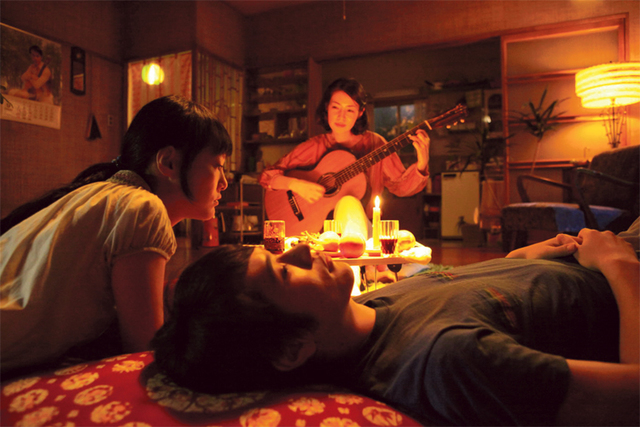Film Review: Vietnamese Director Adapts Haurki Murakami’s Morosely Nostalgic Love Story Norwegian Wood
Lyrical, Lethargic Flashback About Broken Hearts Finds Beauty In The Bittersweet




“... And now


